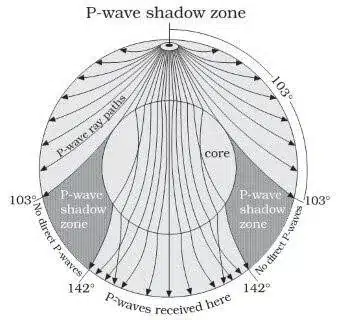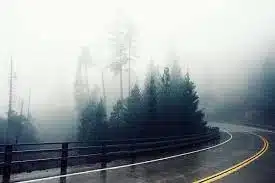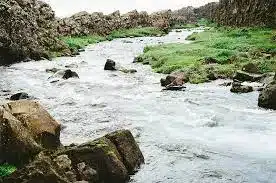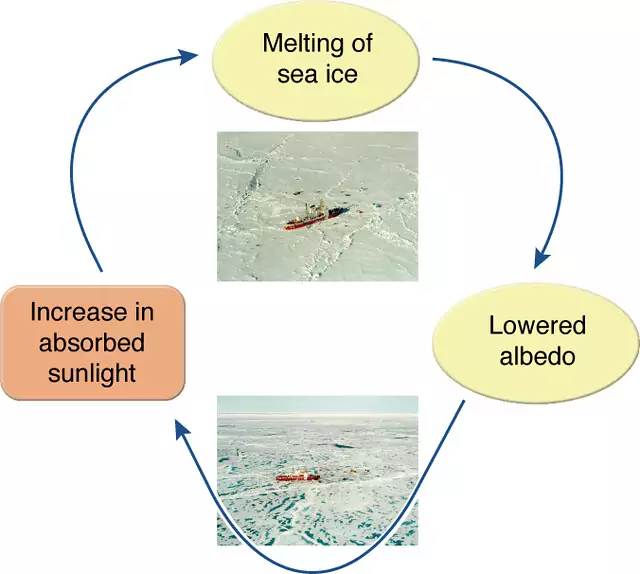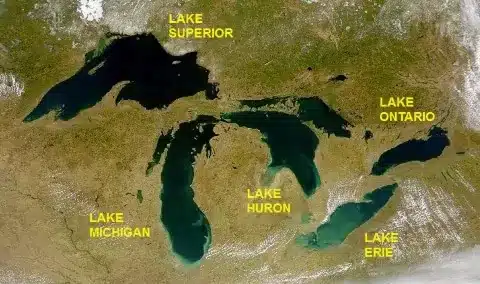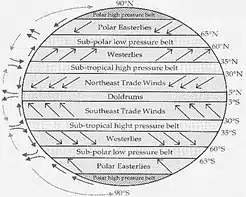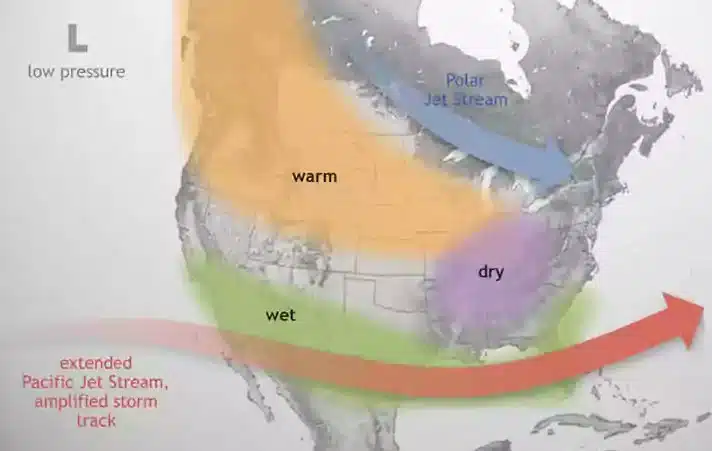Important Local Winds
Hello Everyone, In this post you are going to know about the local winds.
what is wind?
- Wind is the horizontal movement of air caused by:
- Heating by the Sun
- Rotation of earth on its axis.
- The earth’s surface is heated differently because of scenarios like cloud cover, mountains, valleys, water bodies, vegetation and desert lands. As a result of this uneven heating, there are bound to be earth surfaces that vary a lot in temperature.
What is Local Winds ?
- Local differences of temperature and pressure produce local winds. These are created as a result of scenery such as mountains, vegetation, water bodies and so on. They can move from mild to extreme winds in just hours.
- Good examples of local winds are sea breezes and land breezes, and mountain and valley breezes.
- Local winds cover very short distances.
- Such winds are local in extent and are confined to the lowest levels of the troposphere.
Types of winds:
Local winds, Permanent winds(Trade winds, Westerlies, Easterlies), Jet streams. In this article, our focus is on local winds only.
Types of Local Winds : On the Basis of Temperature
- Hot Wind: Chinook, Foehn, Santa Ana, Harmattan, Sirocco, Khamsin, Simoom, Loo.
- Cold Wind: Mistral, Bora, Blizzard, Levanter, Pampero, Buran, Tramontane, Gregale.
Types of Local Winds : On the Basis of Effects
- Harmful Wind : Loo, Mistral, Sirocco, Santa Ana, Simoom etc.
- Beneficial Wind : Foehn or Fohn, Chinook, Harmattan, etc.
List of Local Winds :
| Abrolhos | Brazil |
| Amihan | Philippines |
| Bayamo | Cuba |
| Bora | From eastern Europe to north eastern Italy |
| Cape Doctor | s. African coast |
| Chinook | Westerly off the rocky mountain |
| Elephanta | Malabar coast of India |
| Fohn | Off the northern side of Alps or north Italy |
| Fremantle Doctor | Perth, western Australia |
| Gregale | Greece |
| Ghibli | Libya |
| Habagat | philippines |
| Harmattan | Dry northerly, West Africa |
| Karaburan | black storm, a Spring and Summer Katabatic wind of central Asia |
| Khamsin | southeasterly from north Africa to the eastern Mediterranean |
| Khazri | Cold north wind, Azerbaijan republic |
| Kona | Hawaii |
| Kosava | Serbia |
| Lodos | South westerly towards Turkey |
| Loo | India and Pakistan |
| Mistral | cold northerly from central France and the Alps to Mediterranean |
| Nor’easter | Eastern USA, especially New England |
| Nor’wester | East Coast of New Zealand’s South Island |
| Pampero | Argentina |
| Simoom | strong, dry, desert wind that blows in the Sahara, Israel, Jordan, Syria, and the desert of Arabia |
| Sirocco | southerly from north Africa to southern Europe |
| Sundowner | strong offshore wind off the California coast |
| Zonda | on the eastern slope of the Andes in Argentina |
| Santa Ana | Southern California |
| Vendavel | Strait of Gibralter |
| Tramontane | Mediterranean(similar to Mistral) |
| South wester | Spain |
| Sharqi | Middle east |
| Shamal | Iraq and the Persian Gulf states |
| Maestro | Adriatic sea(cold northerly) |

| Squamish | British Columbia |
| Southerly Buster | Australia |
| Rashabar(“black wind”) | a strong wind in the Kurdistan Region of Iraq, particularly in Sulaimaniya. |
| Passat | medium strong, constant blowing wind at sea in tropical areas |
| Kali Andhi | before monsoon in the northwestern parts of the Indo-Gangetic Plain |
| Etesian | Northerly across Greece and Turkey |
| Diablo | San Francisco bay |
| Brickfielder | Southern Australia |
| Purga | Russia |
Facts about Important Local Winds
Loo
- Harmful Wind
- In the plains of northern India and Pakistan, sometimes a very hot and dry wind blows from the west in the months of May and June, usually in the afternoons.
- It is known as Its temperature invariably ranges between 45°C and 50°C. It may cause sunstroke to people.
Foehn or Fohn
- Beneficial Wind
- Foehn is a hot wind of local importance in the Alps.
- It is a strong, gusty, dry and warm wind which develops on the leeward side of a mountain range. As the windward side takes away whatever moisture there is in the incoming wind in the form of orographic precipitation, the air that descends on the leeward side is dry and warm (Katabatic Wind).
- The temperature of the wind varies between 15°C and 20°C. The wind helps animal grazing by melting snow and aids the ripening of grapes.
Chinook(USA and Canada)
- Beneficial Wind
- These are warm and dry winds blowing on the eastern slopes (leeward side) of the Rocky Mountain. They are the result of adiabatic heating which occurs due to downslope compression on the leeward side, as the mountain barrier creates frictional drag which tends to pull the air from the higher level down on the leeward and air forced down is heated adiabatically and at the same time its relative humidity is also lowered.
- The temperature in Chinook is so warm that it can remove the underlying snow cover/ice and sometimes these winds are so dry that in spite of their below freezing temperatures the entire snow cover on the ground disappears, by process of sublimation. Thus, these winds are also known as Chinook, which literally means Snow Eater .
Mistral
- Harmful Wind
- Mistral is one of the local names given to such winds that blow from the Alps over France towards the Mediterranean Sea.
- It is channeled through the Rhine valley. It is very cold and dry with a high speed.
- It brings blizzards into southern France.
Sirocco
- Harmful Wind
- Sirocco is a Mediterranean wind that comes from the Sahara and reaches hurricane speeds in North Africa and Southern Europe.
- The Sirocco causes dusty dry conditions along the northern coast of Africa, storms in the Mediterranean Sea, and cool wet weather in Europe.
Santa Ana
- Harmful
- Santa Ana is a dry and warm local wind that occurs in the Santa Ana Valley of Southern California and it is almost similar to Chinook or Foehn with regard to thermal and moisture characteristics.
- Unlike Chinook or Foehn, Santa Ana blows as air channel through east-west stretching Santa Valley and due to descend over the western slope of Rockies they become even more hot and dry.
- Santa Ana winds are so dry and warm that they pose a great danger to the Californian Orchards and are considered as Climatic Hazard since they desiccate (dry) the soil and vegetation moisture and may even result into widespread forest fires.
Harmattan
- These hot and dry wind originate from the Sahara Desert and blow towards the Guinea coast of Africa.
- Due to their journey over the Sahara Desert, these winds become extremely dry and as they pass over the Sahara Desert they pick up more sand especially red sand and turn dusty.
- As these winds arrive in the western coast of Africa, the weather which is warm and moist before its arrival, turns into pleasant dry weather with low relative humidity, thus bringing great relief to the people. Due to this reason, they are also known as doctor winds in the Guinea coast area of Western Africa.
Khamsin
- These are warm, dry, dusty (containing sand particles) local winds that blow in Northern Africa (Egypt) and Arabia.
- The temperature of these winds varies from 380C-490C, and this is even more vigorous during late winter and early spring.
- These dust storms occur on the forward sides of the temperate cyclone whenever any such cyclone passes through the Mediterranean.
Simoom
- Simoom is intensely hot, dry and dusty wind in the Arabian desert and they come into origin due to the warm Tropical Continental Airmasses.
- These winds produce very unpleasant weather.
Bora
- These are cold and dry north-easterly winds which blow from the mountains towards the eastern shore of Adriatic Sea.
- Bora is more effective in North Italy since here it descends the southern slopes of the Alps, although due to descend it gets adiabatically heated still its temperature is very low in comparison to the coastal area and these are the typical example of fall winds.
Blizzard
- Blizzard is cold, violent, powdery polar winds (pick dry snow from the ground).
- They are prevalent in the north and south polar regions, Canada, USA, Siberia etc. Due to the absence of any east-west Mountain barrier, these winds reach to the southern states of USA.
- Due to the snow and ice particles, the atmospheric visibility reduces almost to zero and the temperatures reduce to sub-freezing levels.
- Such Blizzards are of common occurrence in the Antarctic and here the wind velocity may even reach up to 160km/hr.
Levanter
- These are strong easterly, moist and damp winds in the southern Spain and Strait of Gibraltar.
- These winds are more frequent in early winter to late winter and cause foggy weather.
Pampero
- It is a north-westerly cold wind in the Pampas of South America and it is similar to the Northers of North America and Siberia.
- Pampero is more active during winters and off the coast of Argentina, it blows from July to September.
Buran
- It is an extremely cold north-easterly or easterly wind which blows in the central Siberia and eastern Russia.
Also refer :

